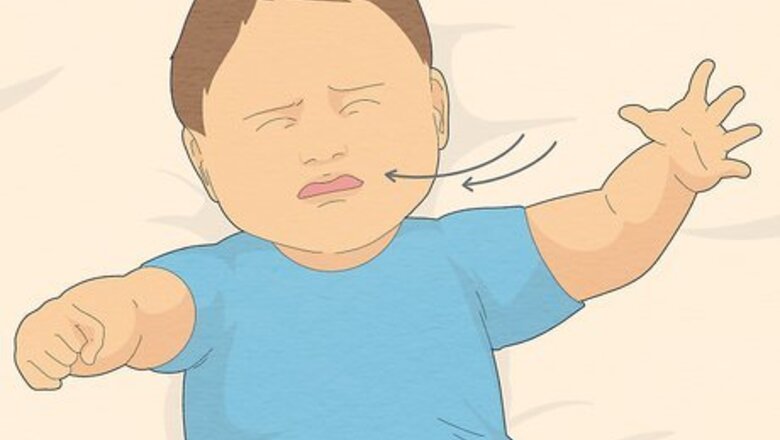
views
What causes gas in newborns?
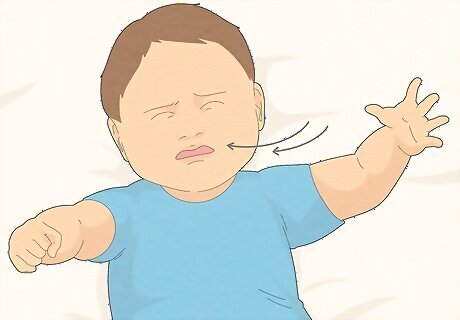
Most often, baby gas is the result of swallowing too much air. It’s a common occurrence and can happen while they’re feeding, drinking, or crying. Sometimes, gas is caused by sensitivities to a specific baby formula or, if you’re breastfeeding, to foods that you’ve eaten before feeding. Newborn baby gas is totally normal—their digestive systems are brand new, after all—and usually improves on its own after a few months.
Signs of Gas in Newborns
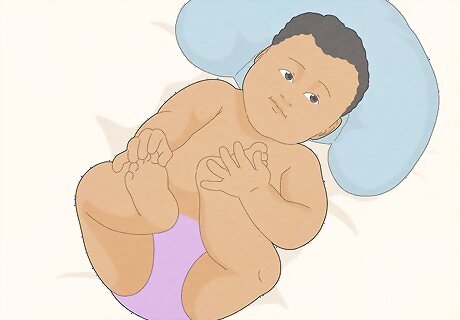
Besides crying, look for physical cues that your baby is uncomfortable. They’ll try to position themselves to relieve abdominal pain or exhibit other fussy behavior. If they’re fussy for more than an hour a day everyday without any improvement over time, it may be time to see a doctor. Common signs of gas include: Squirming or arching their back. Drawing their legs into their tummy. Clenching their fists. Getting red in the face while crying. Difficulty eating or sleeping.
Treating Gas Discomfort
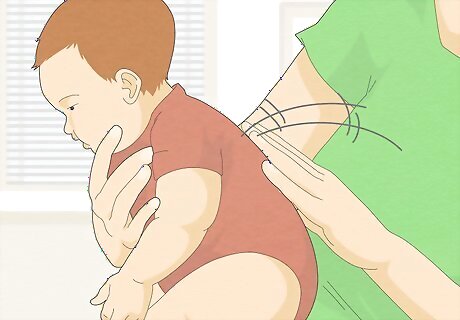
Burp your baby during and after feeding to eliminate extra air bubbles. If your baby turns away from the bottle while feeding, it might mean they’re uncomfortable from gas (not that they’re full). If this happens, stop, burp them, then continue feeding. Try burping them after every 2 to 3 ounces (60 to 90 milliliters) if you bottle-feed, or each time you switch breasts if you’re breastfeeding. Hold your baby against your chest, sitting upright in your lap, or on their belly across your lap while gently patting their back with a cupped hand to burp them. Continue to burp your baby after each meal like you normally would in addition to mid-meal burp breaks.
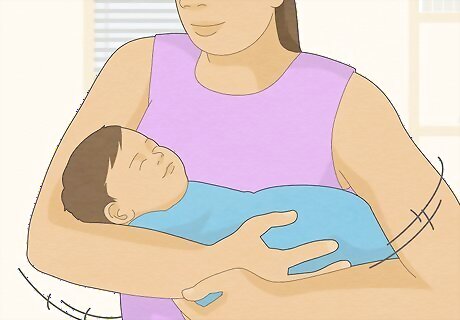
Hold your baby in comforting positions to distract and relax them. Hold them in the cradle position or swaddle them in a cozy blanket and try gently rocking or bouncing them (the motion might shake some burps loose, too). Try the “colic carry” for extra fussy or gassy infants. Hold them across your arm or lap on their stomach while you gently rub their back to soothe them.
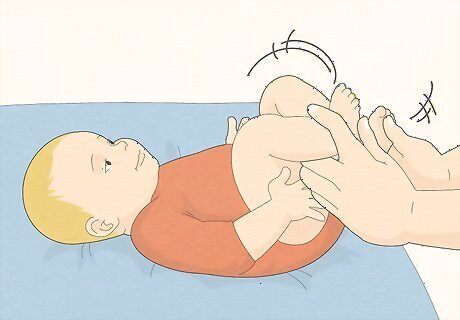
Do baby bicycles to relax your newborn’s abdominal muscles. Lay your baby on their back and grab their legs or feet. Gently move their legs toward their tummy and back down, like they’re riding a bicycle. This motion helps push painful, trapped air out of their stomach. Alternatively, try pushing their knees to their chest and holding them there for about 10 seconds. Use very little pressure and stop if your baby seems distressed. Release and repeat until their discomfort goes away.
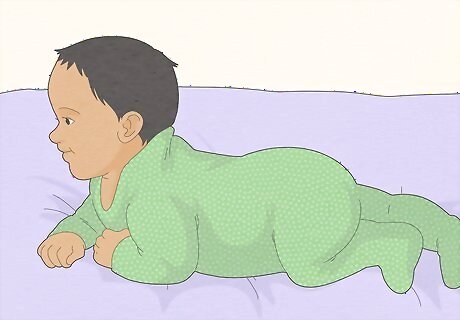
Give your baby tummy time after feeding to push gas up and out. Tummy time is also great for developing their head and neck muscles for crawling and motor development. Wait 20 to 30 minutes after they’re done eating to lay them on their tummy to avoid spit up. Newborns up to 3 months old can have tummy time for 2-3 minutes at a time up to 3 times a day. Babies 4 to 7 months old can go for up to 5 minutes. Remember to not put your baby to bed on their stomach since it increases the risk of sudden infant death syndrome (SIDS).
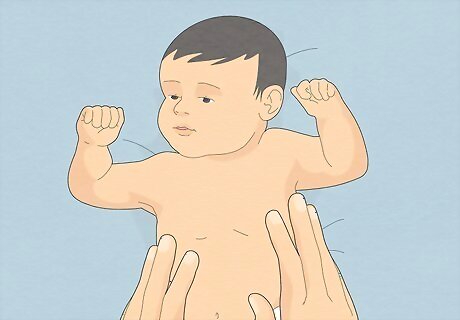
Soothe your baby and support sensory bonding with a belly massage. Rub your hand across their belly in a clockwise motion to push air bubbles out of their stomach. Try using baby-safe lotions or oils for an extra luxurious massage (although your bare hand will work just fine too!). Try to massage them at the same time each day, like first thing in the morning or as part of your nighttime routine. The massage is meant to be soothing and relaxing. If your baby seems distressed, stop the massage.
Over-the-Counter Gas Treatments
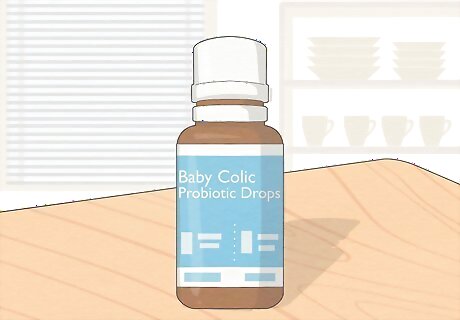
Use OTC gas drops with simethicone to breakup painful gas bubbles. Check with your doctor and read the instructions before use—doses are typically 20mg and can be given up to 4 times a day. If the drops help your baby, they’re safe to continue to use. Simethicone is a safe medication for babies that can be taken daily. Avoid products containing benzoate or benzoic acid. They can be harmful to babies in large quantities.

Give your baby gripe water to ease their gas pains. Gripe water is a liquid supplement with sodium bicarbonate and soothing herbs like fennel, ginger, lemon balm, or peppermint. There are a variety of recipes, so ask a doctor and read the instructions before giving it to your baby. Some brands recommend only giving gripe water to babies over 1 month old. There’s not much hard evidence that gripe water is effective, but many parents swear by it for soothing gas pain, stomach aches, and even colic. Try gripe water when other methods, like massages or baby bicycles, aren’t working.
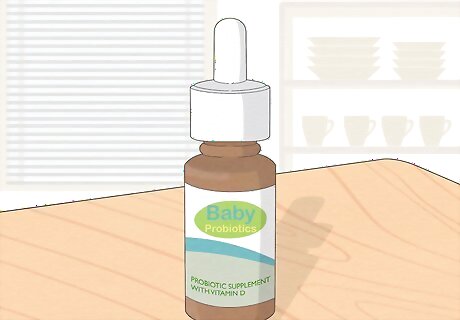
Administer baby-safe probiotics to aid their gut health. Probiotics are safe for babies, but there’s mixed evidence about their efficacy. Babies are born with sterile guts, so a probiotic might help them cultivate their microbiome more quickly and soothe gas and digestion problems. Ask your doctor or pediatrician about probiotics before giving them to your baby. In addition to gas, probiotics may help with colic, allergies, diarrhea, and immune system health as well. Read the instructions carefully for dosage amounts and directions.
Preventing Baby Gas
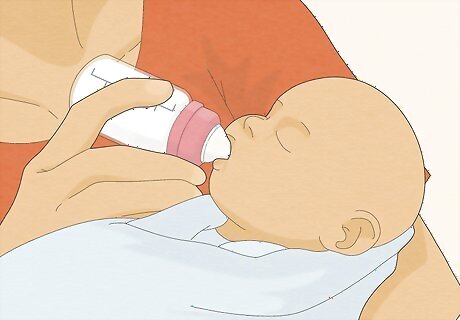
Keep your baby’s head higher than their stomach during feeding. This way, their formula sits in the bottom of their stomach and any air they swallow stays on top (which makes it easier to burp out). If bottle-feeding, angle the bottle so the nipple is full of formula only (no air). Make sure the baby latches correctly onto the bottle or breast while you feed them to keep them from swallowing too much air. If you have any questions about your feeding technique or you’re not sure it’s correct, ask your pediatrician or lactation expert for advice.
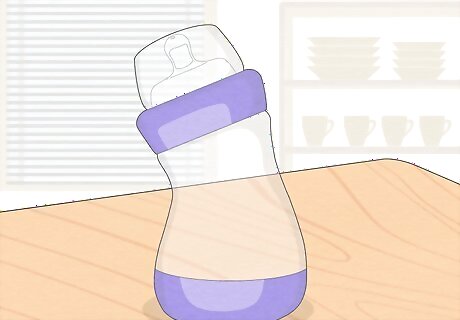
Use slow-flow bottles and nipples to prevent swallowing extra air. Use bottles that are vented, angled, or collapsible—they’re specifically designed to limit how much air passes through the nipple. Try a smaller nipple, too. A tinier hole forces them to eat more slowly and avoid upsetting their tummy. Try different combinations of bottles and nipples to see what works best for your baby.
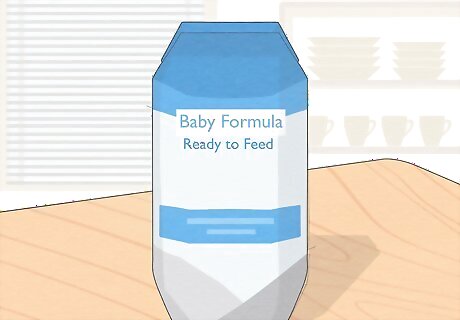
Use concentrated or ready-to-feed formula instead of powdered formula. Powdered formula involves mixing or shaking, which makes gas-causing air bubbles. Hold off on powder during your baby’s early formula-drinking days, or consider switching to concentrated or ready-to-feed if you cannot calm your gassy baby through other methods. Always discuss formula or diet changes with a pediatrician before making a switch. If you continue using powdered formula, let the bottle sit for several minutes to allow bubbles to dissipate before feeding.
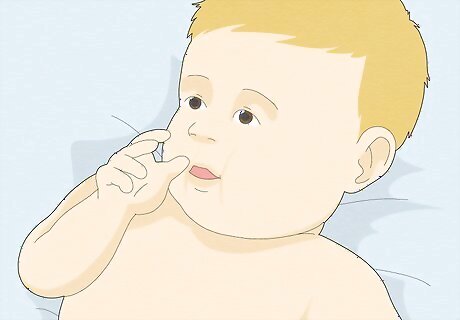
Feed your baby before they start crying for food. Babies swallow air when they cry, so feeding before a fit prevents gas. Learn your baby’s hunger cues as early as possible—it’s hard to predict when they’ll cry, but you can pick up on signs they’re ready for a meal. This way, you can calm them before their discomfort even begins. Some hunger cues could be: Becoming more alert and active. Sucking on hands or lip smacking. Opening and closing their mouth or moving their fists to their mouth.
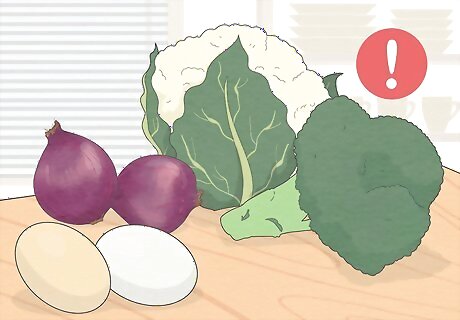
Eliminate gas-causing foods from your diet if you’re breastfeeding. It’s possible you’re passing on gassy foods to your newborn. Notice if your baby seems gassier after you eat certain foods, or talk to your doctor about common dietary culprits. There’s no harm in cutting out suspicious foods from your diet and seeing if it helps. Common gassy foods include: Cruciferous veggies like cabbage, brussels sprouts, cauliflower, or broccoli. Dairy and eggs. Spicy foods or dishes with lots of onions or garlic. Anything that makes you gassy might make your baby gassy as well.










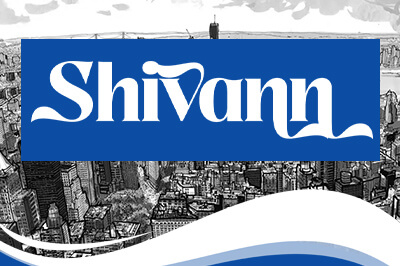
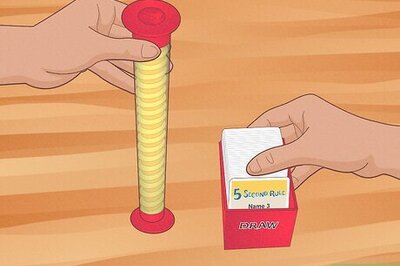

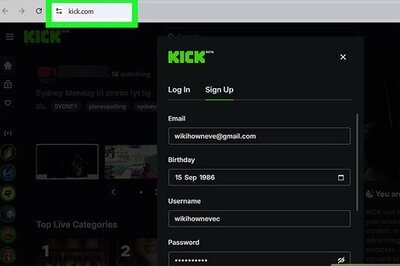


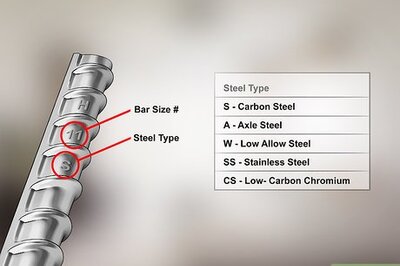
Comments
0 comment